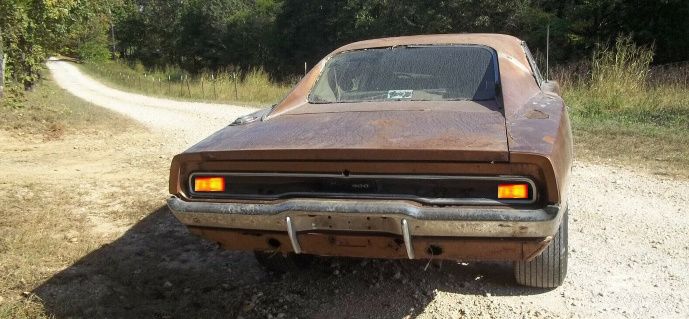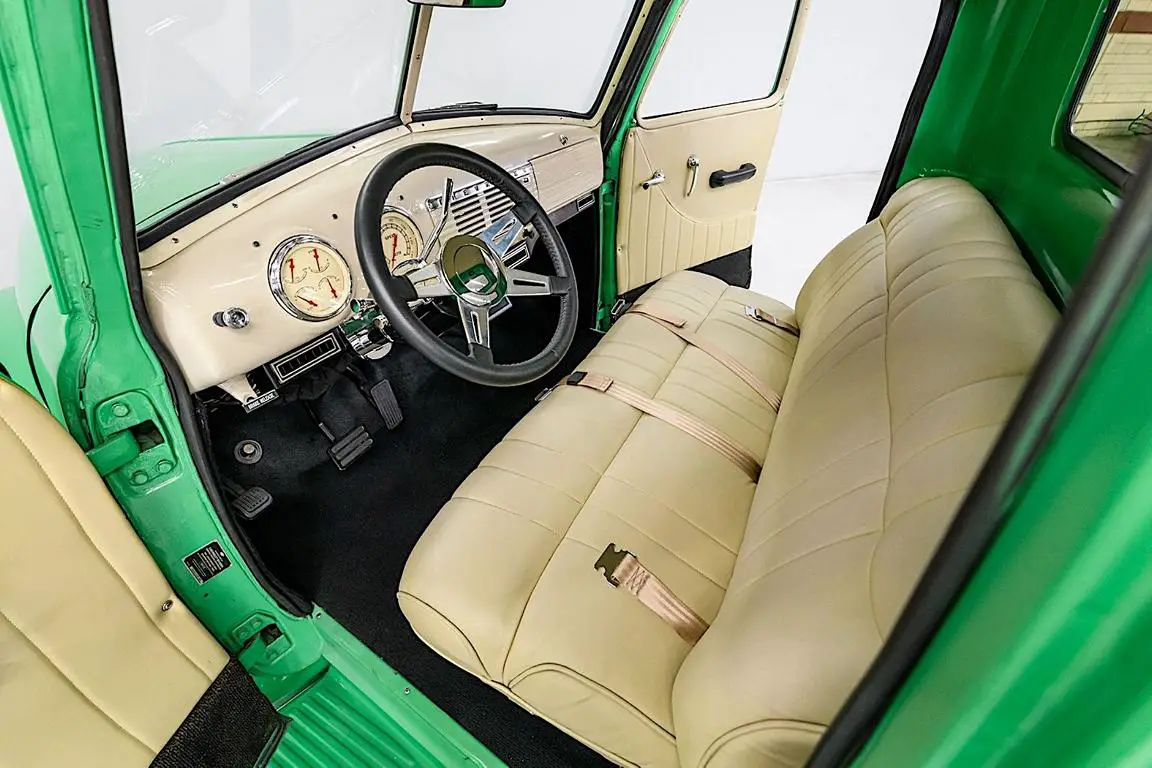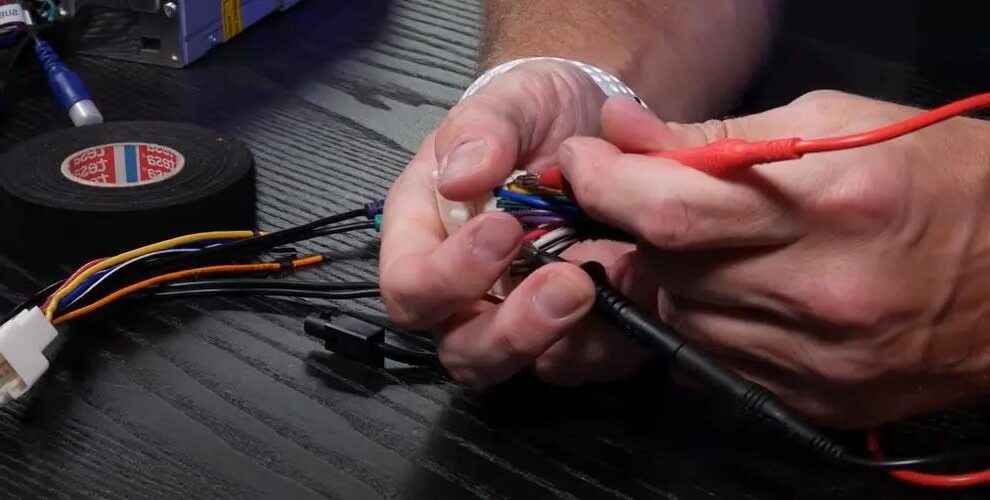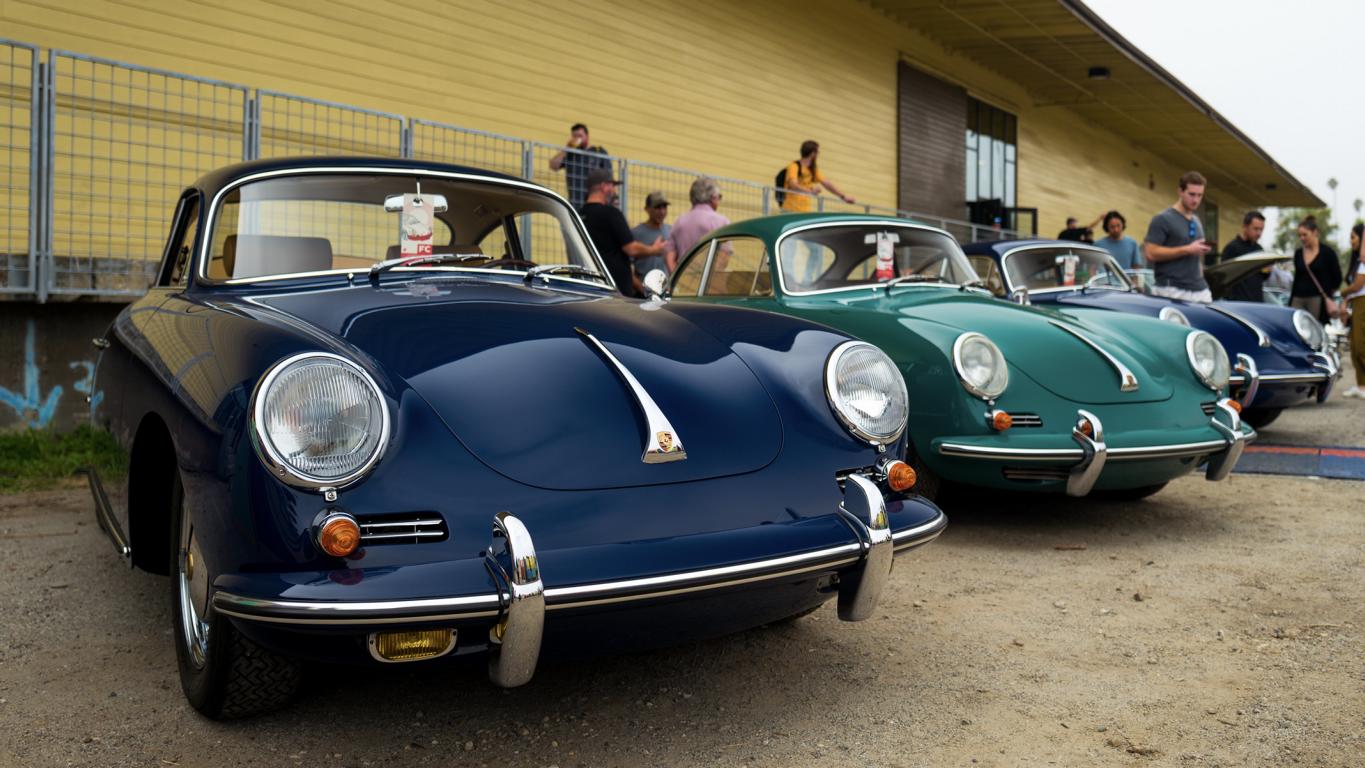Increase road safety: Installing a hazard warning light in vintage vehicles! The lighting of the classic, both inside and outside, is normal in terms of road safety compared to modern cars insufficient. In order to ensure adequate safety in today's road traffic, it is therefore necessary to retrofit / convert various lights on the classic, including the hazard warning lights. And this retrofit is not optional, it is required by law. The following article explains how the hazard warning lights can be retrofitted to the classic car and which factors have to be taken into account.
Classic cars: hazard warning lights are mandatory!
It is mandatory to have one Hazard lights to be retrofitted to a classic car to ensure adequate road safety. For a classic vehicle, however, it is important to remain as close to the original condition as possible in order to keep the popular H-plates to obtain, which certifies that it is a "automotive heritage“ acts. Therefore, when retrofitting, only components should be used that do not or hardly change the appearance of the classic and contemporary are. The regulations that applied in the year of the first registration still have to be complied with today, but only a few things have to be retrofitted. For the Oldi applies in principle, the The regulations valid in the year of the first registration are still applicable to the classic (in its original condition) today. However, the hazard warning lights are an exception.
Mandatory installation of the hazard warning lights!
In Germany since 1970 all vehicles have the engagementto have working hazard lights. Retrofitting is mandatory for older specimens imported from countries where this obligation did not exist (such as the USA). In the case of agricultural machinery, this problem often occurs because no inspection sticker is issued without a hazard warning system. However, there are also some exceptions in the field of classics. The installation obligation can, for example be bypassed, if a retrofit actually not possible. This is the case with vintage cars from the Brass period, some of which have no electrical system. The experts at the responsible testing organization are informed about this and examine each case individually.
To avoid the obligation, you need one Confirmation or an expert opinion by an official expert, so that the admissions office allows you to make an exception. It is important to note that classic cars from England or America also have to be equipped with the hazard warning lights according to German legislation. depending on the time of the first registration. If you buy a classic vehicle from the USA, the hazard warning lights are an issue. Some US vehicles still do not have hazard warning lights. And retrofitting is often made more difficult because, especially in US vehicles, the turn signal causes the brake light to "pulsate". There are therefore special solutions for more recent US vehicles.
What is the average cost of retrofitting a hazard warning light system?
- The cost of retrofitting hazard warning lights can vary depending on the model, but on average you can expect material costs of around 100 to 200 € calculate. If you take the help of a specialist workshop, the costs can of course be significantly higher, depending on the time required and any complications during assembly. The assembly itself usually takes between one and six hours.
Is it possible to install the hazard warning lights yourself?
- Yes, it is possible to install the hazard warning lights yourself. For this, however, you need knowledge of the electrical system in your vehicle, suitable tools and, of course, some manual skills.
Installation and wiring of the hazard warning lights
Hazard warning lights can be retrofitted for vehicles with a positively or negatively grounded 12-volt electrical system. A 6-volt system is required for classic cars with a 6-volt electrical system. There are also universal hazard lights that will work on vehicles with 12 volt systems, regardless of polarity. Special hazard warning flashers are available for classic-style vehicles that already have a turn signal cut-off relay.
- On vehicles with combined indicator/brake lights (one bulb per side) the rear lights are controlled by a control relay. The hazard warning lights should be connected directly to the control relay. If necessary, the cables must be lengthened.
- Vehicles in which the indicator and brake lights are separate (a brake light and a turn signal light on each side) you should ideally install the hazard warning lights near the turn signal switch and connect to both turn signal circuits.
Installation of a hazard warning system in the classic
The installation should be as adapted as possible and observe the technical specifications. The control button of the hazard warning lights must be red illuminated and in the field of view of the driver must be installed. In addition, he must also flash with the turn signals on the outside. There are several ways to achieve this:
- Many vehicles have unused holes, recesses or switches in the dashboard or around the cockpit that can be used to install the button.
- As an alternative, small consoles and housings are available, which can be attached to the dashboard from below using self-tapping screws. In this way, the hazard warning lights can be installed cleanly and professionally.
- Often there is also space in the center console or the hazard warning lights are installed instead of the cigarette lighter that is hardly used anymore.
Instructions for connecting a hazard warning light system to a classic car
Follow the instructions and be sure to note the different color codes that the vehicle's electrical system has. Of course, also check all passages. The following procedure is just one rough outline:
- Disconnect the car battery or set the main battery switch to "off", starting with the negative pole.
- Connect the hazard lights to a power source by connecting terminal 30 (fused) and ground.
- Then connect the right and left turn signal circuits to the hazard warning lights.
- If the vehicle's electrical system has already been modified, it is advisable to have the installation carried out by a professional.
- Reconnect the battery and check the operation of the turn signals and hazard warning lights.
Many vehicles have extended wiring harnesses, in which the hazard warning lights can be installed. If the wiring harness needs to be redone anyway, this is a convenient option. A certain Experience working with automotive electrical systems is of course more than just helpful.
Required tool
If you want to install hazard warning lights in your classic vehicle, you need the right tools, as well as manual skills and knowledge of your car's electrical system. With the appropriate background knowledge, you can install the hazard warning lights yourself by following our instructions.
- You do not need any special tools for installation, but you do need the standard tools for working on electrical systems such as diagonal cutters, electric pliers and stripping pliers. You will also need a crimping tool for insulated crimp connectors.
In summary, it can be said that the installation of hazard warning lights in a classic car represents a minimal intervention in the optics, but still makes a maximum contribution to road safety. As the owner of such a classic, you should be aware of your responsibility in order not to jeopardize the status of the classic car. By installing the hazard warning lights yourself, you can fulfill this obligation and at the same time make the vehicle safer and more suitable.
Of course, that wasn't the end of it.
tuningblog.eu has a lot of other articles on the subject of auto & tuning in stock. Do you want to see them all? Just click HERE and look around. But also planned changes in the law, violations in road traffic, current regulations in the field of STVO or on the subject inspection we would like to inform you regularly. Everything you can find in the category "Test sites, laws, offenses, information". Click on one of the following posts!
other related posts
|
Classic car fair Salon Rétromobile in Paris: Alfa Romeo shows iconic coupés! |
Renault & R-FIT cooperation for an electric mod conversion series! |
 tuningblog.eu Your magazine about tuning the car
tuningblog.eu Your magazine about tuning the car









